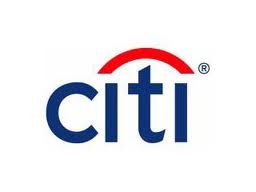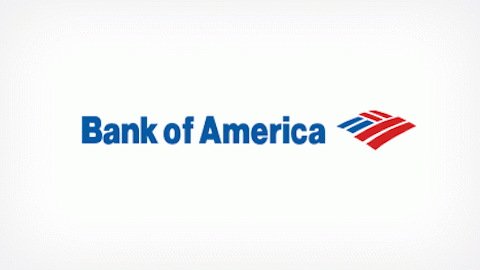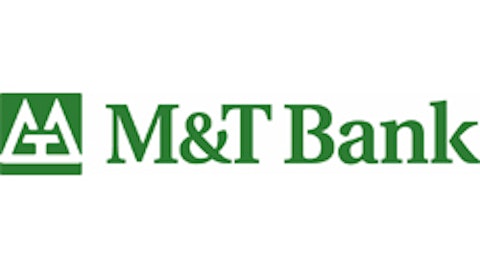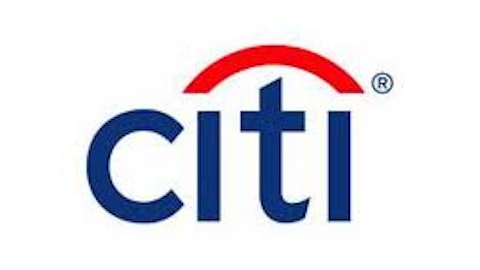Citigroup Inc (NYSE:C) is the third largest bank holding company in the United States by assets, with approximately $1.9 trillion assets under its management. It is a well-diversified financial institution and has a strong international presence, especially within Asia. This was once considered its competitive advantage; now, however its becoming a cause of headwind. Citigroup Inc (NYSE:C) is also one of the banks that were strongly hit during the financial crisis of 2008.
Corbat’s strategy
Citigroup Inc (NYSE:C) Chief Executive Officer Michael Corbat has been trying to reduce the bank’s expenses by eliminating redundant positions and closing down loss-making branches. In December 2012, Corbat said he would cut 11,000 jobs to reduce costs by $1.1 billion a year. Corbat also announced plans to exit countries where earnings are unsustainable and costs are high. The new CEO said that he will concentrate on the bank’s core business and get rid of non-strategic businesses. As the bank operates in over 100 countries and generates half of its revenue from outside the U.S., I believe these strategies will payoff in the coming quarter.
How others are coping?
Expense management strategy has already been adapted by two large banks, JPMorgan Chase & Co. (NYSE:JPM) and Wells Fargo & Co (NYSE:WFC). The strategy has been used to provide some support to their bottom lines. JPMorgan Chase & Co. (NYSE:JPM) reported a net income of $6.53 billion, up 33% in the first quarter, while Wells Fargo & Co (NYSE:WFC) reported a 22% increase in profit to $5.17 billion at the end of the first quarter. Both firms have a strategy to improve their bottom lines by trimming expenses.
Both banks are well prepared to benefit from the current rising interest rate environment. JPMorgan Chase & Co. (NYSE:JPM) said that it will make another $5 billion in revenues if the yield on the 10-year Treasury goes up by another 3%; it is currently yielding 2.49%. The 10-year Treasury is a government issued fixed income instrument that matures in 10 years and pays the same fixed rate interest once every six months. Wells Fargo & Co (NYSE:WFC)’s CFO also claimed its bank will also benefit from the climbing interest rates. Additionally, the rebounding housing markets will lead this largest home lender to report higher originations.
Strong financials
In the first quarter of 2013, Citigroup Inc (NYSE:C)’s revenue increased to $20.5 billion, up 6% from a year ago, while its net income jumped 30% to $3.81 billion. Operating expenses edged up 1% year over a year to $12.4 billion. Increase in expenses is reflected due to legal and related costs, which are mostly considered one-time items. In the first quarter, total deposits were $934 billion, up 3% from a year ago, while total net loans jumped 1% to $623 billion. Investment banking revenues jumped 34% to $1.08 billion, but lower margins on loans cut into the bank’s profits.
Global footprint becoming a risk?
Strong dependence on the company’s international business could generate several problems for Citigroup Inc (NYSE:C). The strengthening of the dollar against the currencies of emerging markets is a worrying sign for the bank. Translating the foreign currency will impair its size in dollars, which in turn will devalue its net income and book value.
The fading of emerging currency against the dollar creates an impression that U.S economy is improving. The Fed said that it will reduce its aggressive bond buying if the labor markets show improvements, which in turn will result in higher interest rates and a stronger dollar value.
One analyst estimated that Citigroup Inc (NYSE:C) may lose $5 billion to $7 billion if the dollar gains against the yen, euro and other currencies in emerging markets. You should keep a close eye on it and sell the company’s stock if dollar starts to appreciate. Similarly, global economic downturn would affect Citigroup adversely as compared to its U.S peers because bank operates in more than 100 countries.
What should Citi do?
To survive the foreign currency risk, the bank needs to hold more capital. It does not have one of the most robust capital positions compared to peers, however. More capital will enable the bank to withstand more losses. Let’s look at Citigroup’s capital position, compared to its peers.
At the end of the first quarter, Citigroup reported a Basel 1 Tier 1 capital ratio of 11.6%. In comparison, Wells Fargo and JP Morgan reported Basel 1 Tier 1 capital ratios of 11.8% and 11.6%, respectively.
Under the current risk-based capital regulations, banks are required to hold a certain portion of their total-risk based assets. This portion that the banks hold as capital is known as their core equity capital or the Tier 1 Capital. The Tier 1 capital ratio is the comparison of this core equity capital with the total risk-based assets.
Conclusion
Corbat is moving Citigroup Inc (NYSE:C) in the right direction, but with the downturn of the global economy, an increase in Citigroup’s top line seems difficult in the current quarter. The strengthening of the dollar may not be much trouble for the company’s bottom line, but it will diminish its book value. It is better that investors stay away from Citigroup until concerns regarding the emerging markets are over.
The article Citigroup: Advantage Becoming a Headwind originally appeared on Fool.com and is written by Red Chip.
Red Chip has no position in any stocks mentioned. The Motley Fool recommends Wells Fargo. The Motley Fool owns shares of Citigroup Inc (NYSE:C), JPMorgan Chase & Co., and Wells Fargo. Red is a member of The Motley Fool Blog Network — entries represent the personal opinion of the blogger and are not formally edited.
Copyright © 1995 – 2013 The Motley Fool, LLC. All rights reserved. The Motley Fool has a disclosure policy.



